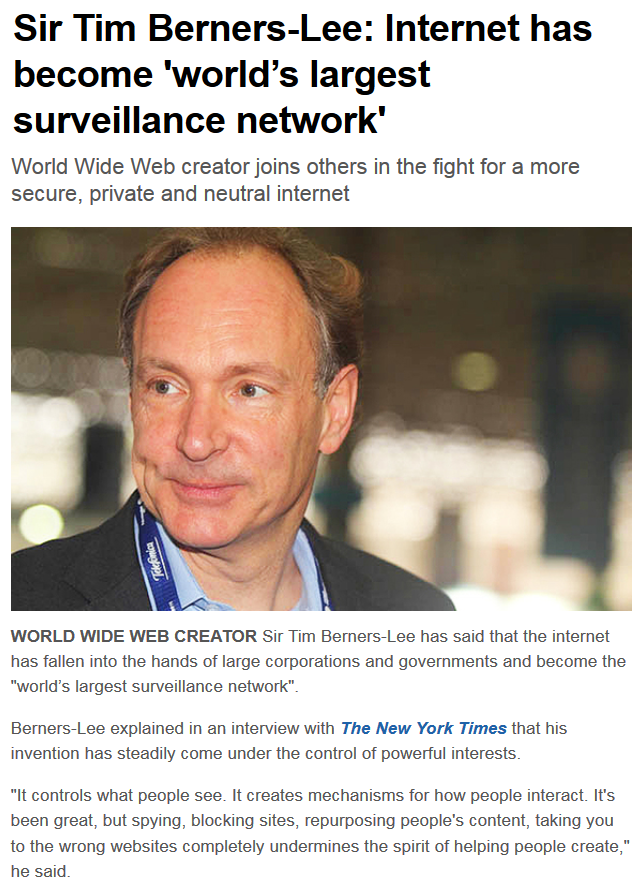“Six things I learned while living without a mobile phone”
Mark Serrels writes in The Age about how he knows he’s addicted to his phone. He says “he’s too far gone,” “living inside your own head can be terrifying,” and that he’s addicted to the escapism over confronting the real world.
“Yes, social media is a poisoned chalice of pure narcissism,” but, “if you have someone who depends on you, particularly children, it’s probably a good idea to have a functioning mobile phone on you at all times. And that’s precisely why I decided to stop being silly and get a mobile phone again.”
“Nah, just kidding. It was totally social media. I gotta get those Facebook likes. I need that validation. And the podcasts. I really missed the podcasts.”
Emphasis added.




 The app’s popularity has created lagging servers and forced the company Niantic to delay its international roll-out, meaning “Those who have already downloaded the game in the U.S., Australia and New Zealand can still play it, while those in the U.K., the Netherlands and other countries will have to wait.”
The app’s popularity has created lagging servers and forced the company Niantic to delay its international roll-out, meaning “Those who have already downloaded the game in the U.S., Australia and New Zealand can still play it, while those in the U.K., the Netherlands and other countries will have to wait.”




